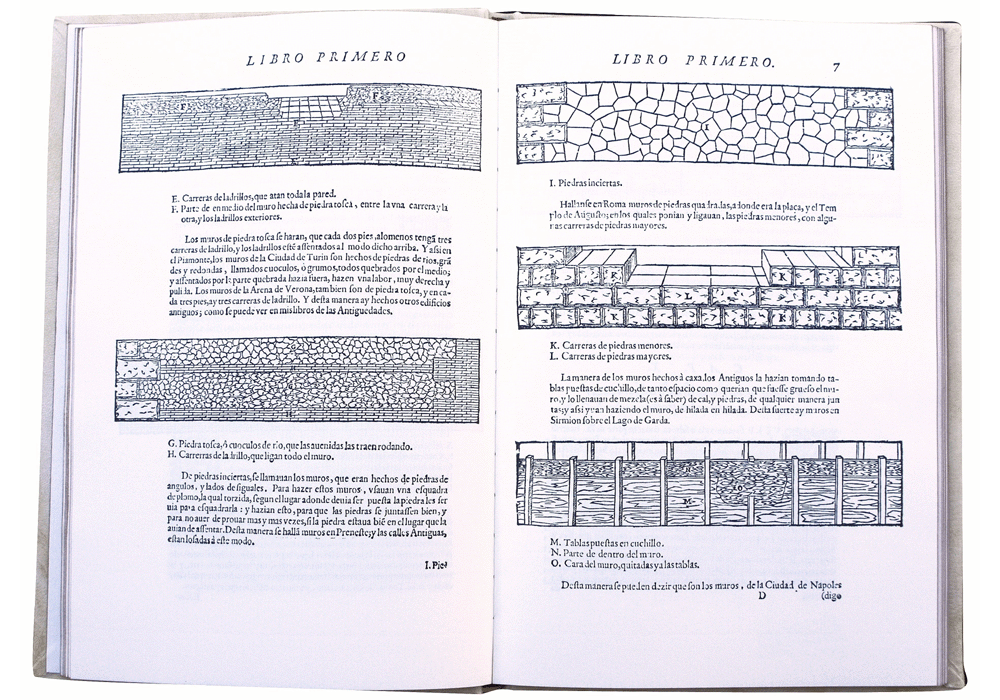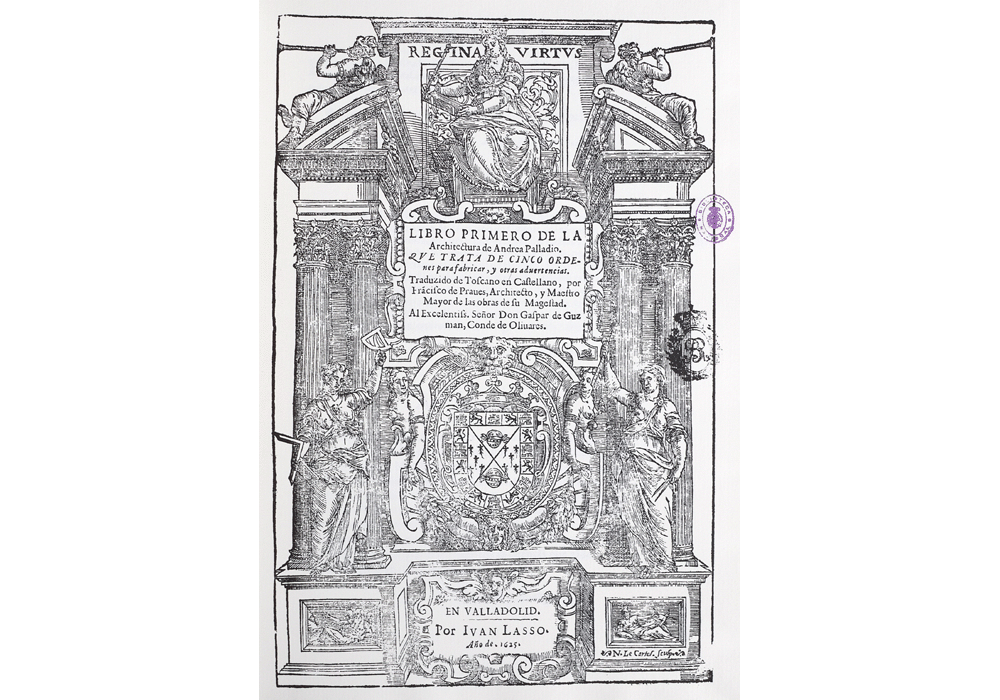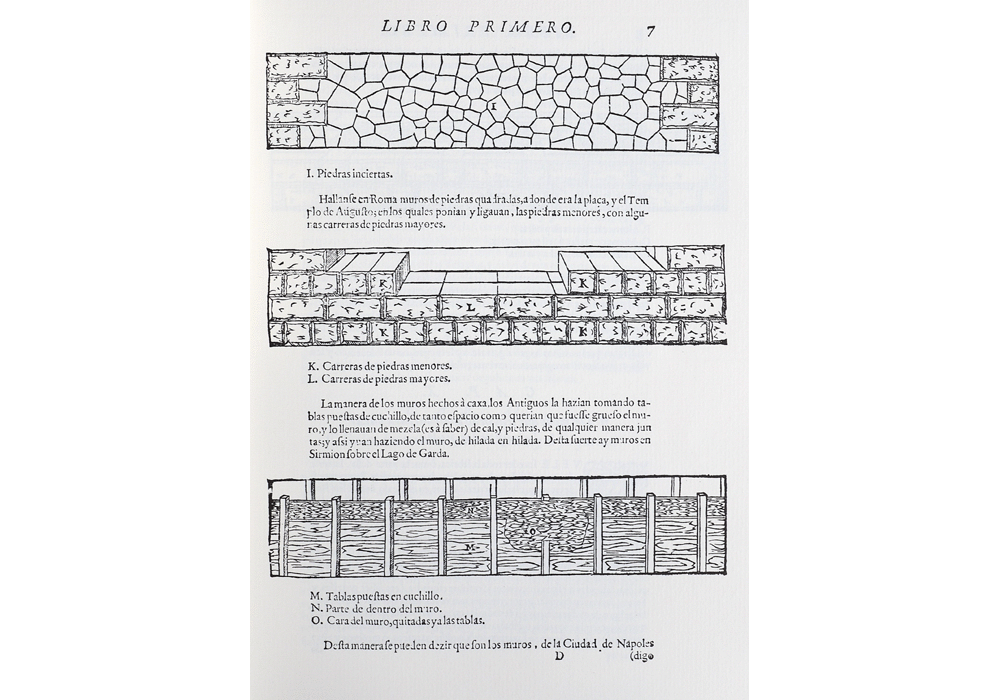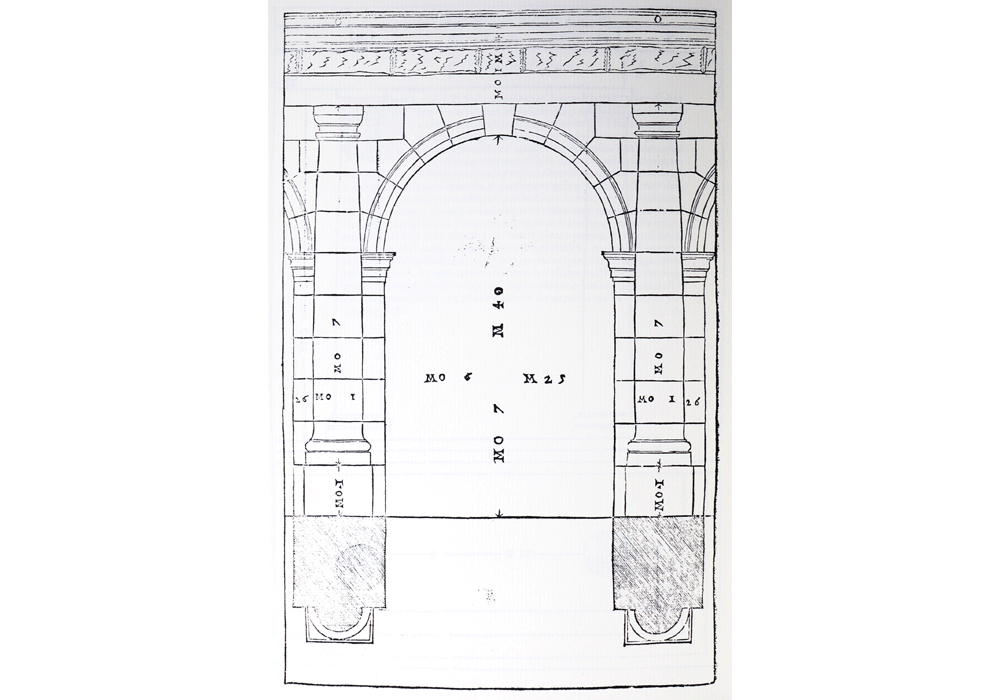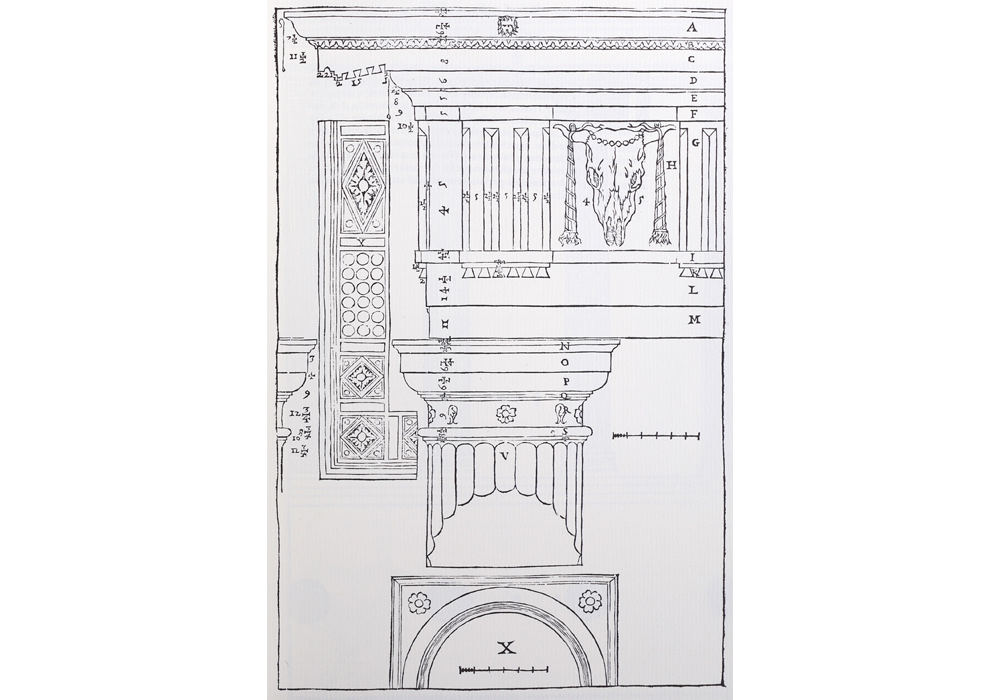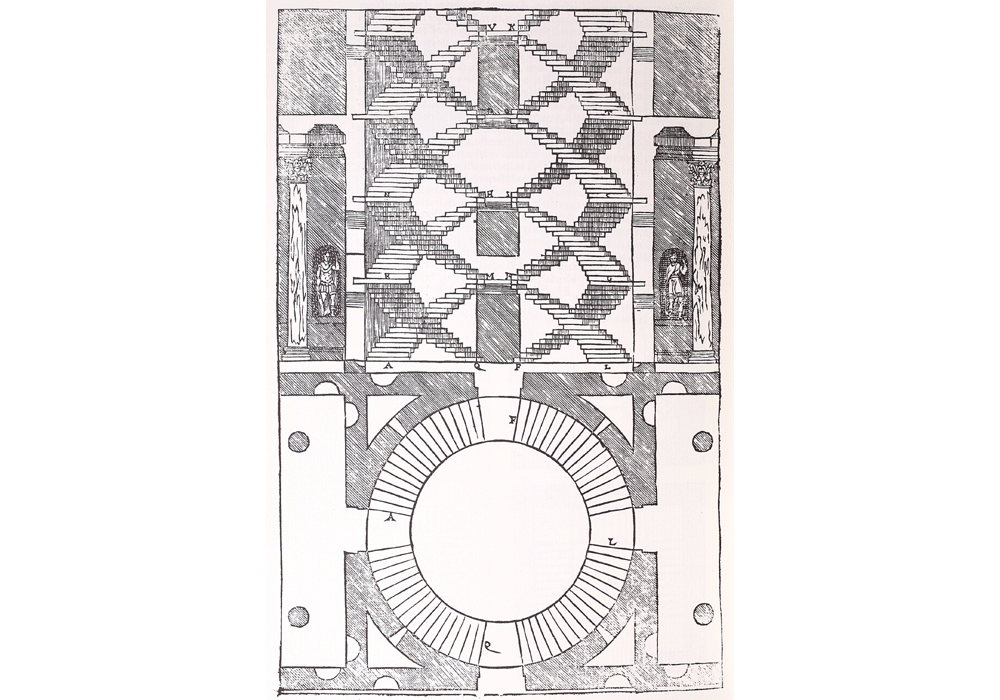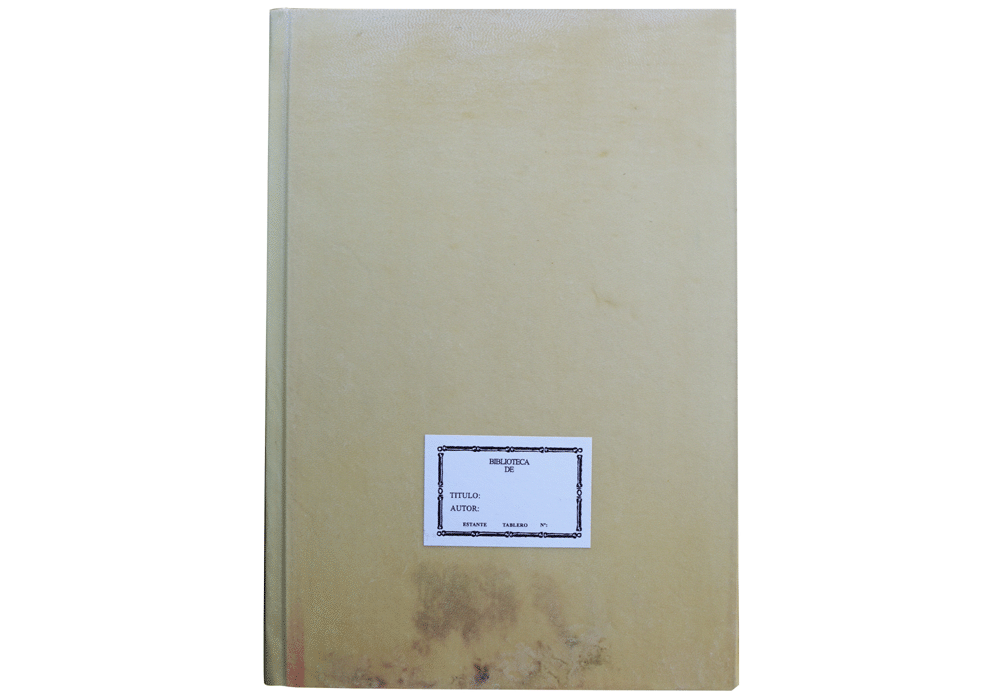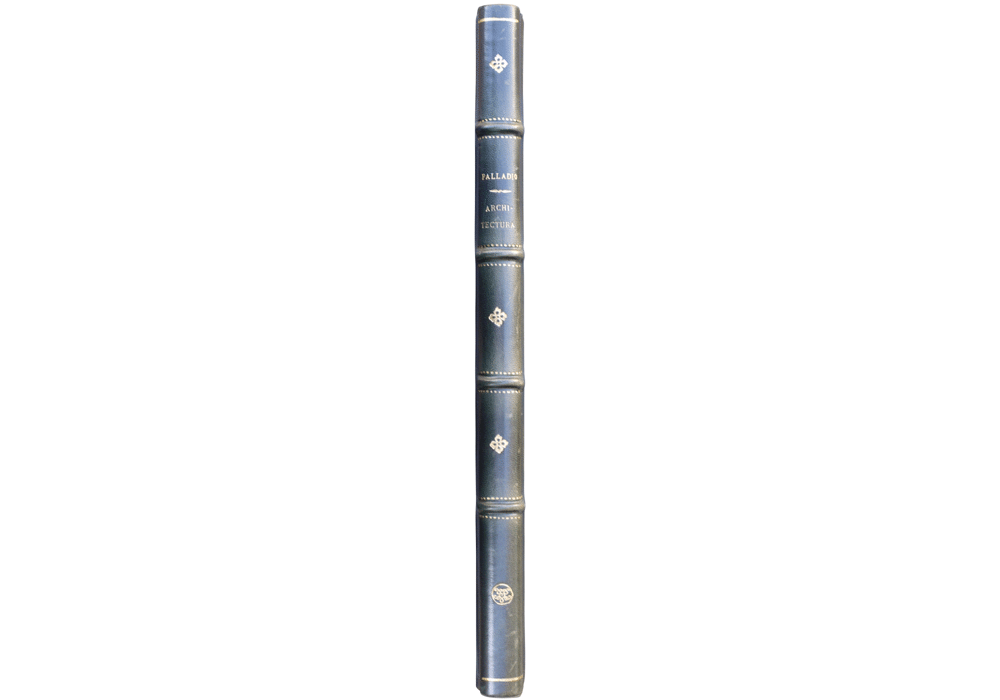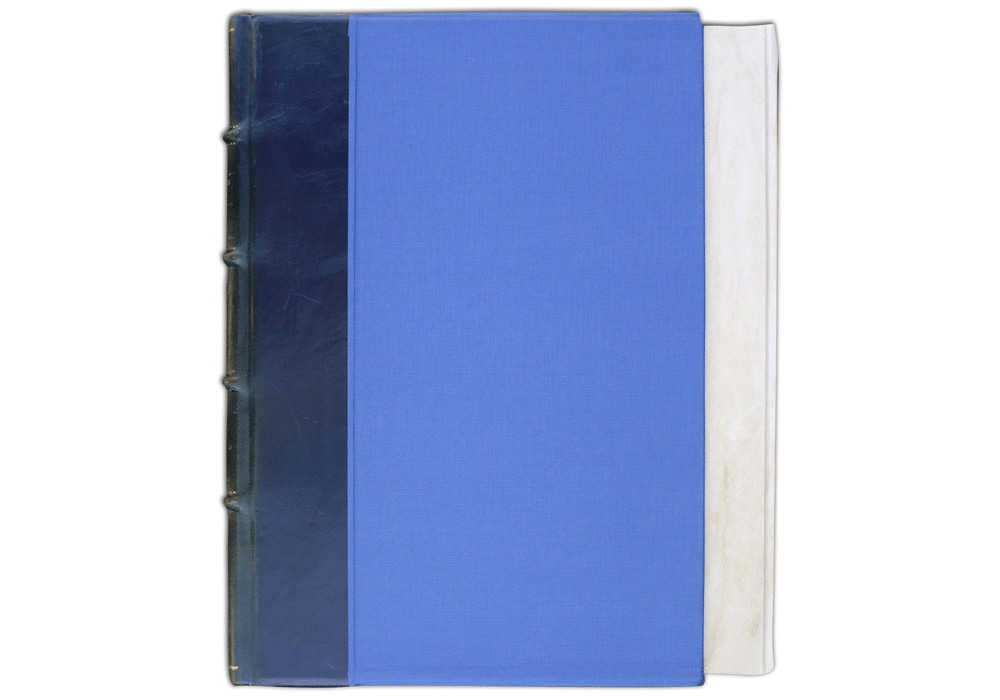|
|
|
| Seguir @vicentgarciaedi Twittear |
|
vgesa |

|
|
|
Synopsis: Andrea Palladio (Padua, 30th November 1508 - Vicenza, 19th August 1580) is, altogether with Brunelleschi and Bramante, one of the most important theoretical architects of the Renaissance. In 1570, in Venice, I quatto libri dell, Architettura are edited. Francisco de Praves, architect, King's head of workmanship in Valladolid, translated in 1625, Libro primero... que trata de cinco órdenes para fabricar y otras advertencias. He invariably dedicates his translation to the Conde Duque de Olivares. The poem dedicated to the translator of the 'Mathematic work' doctor Luis Mejía de la Cerda, is funny:
Praves, de Palladio muerto The copy is a typical one of the Spanish edition of the XVII century. Infolio, it alternates round and italics typescript, it includes xylographic initials, and it offers, as it should be expected in a work of these characteristics, a wide range of prints. The title page , engraved, architectural, it includes apart from the royal coat of arms of the man of the inscription, the title frame and author frame and for the footer. A typical baroque image and very interesting texts on a bad mounting: the worst quality of paper of that time in Spain. When overlooking the long history of printing bullas (sealed religious documents) at the Valladolid monastery Nuestra Señora de Prado we encountered Joan Lasso de la Peña in 1608, a member of an important family of printers: Lasso or Laso active in Salamanca, Medina de Campo and Valladolid the last 30 years of the XVI century and first 30 years of XVII century. He was then employed by Rodrigo Calderón, who was a 'Impresor de bulas' in that monastery. His work as an independent printer took place in Valladolid from 1624 to 1630. The workshop still appeared active, headed by his wife whose name we do not know, during the years 1632 and 1633.
|
IBIC Rating: |
||
|
AC History of art / art & design styles |
1D Europe
|
|



